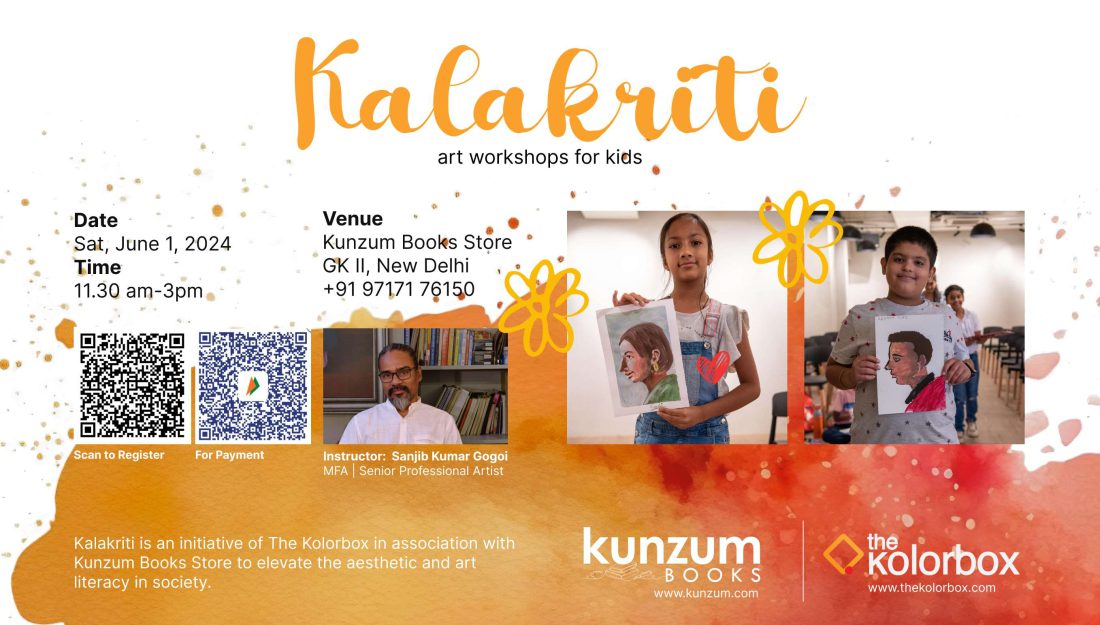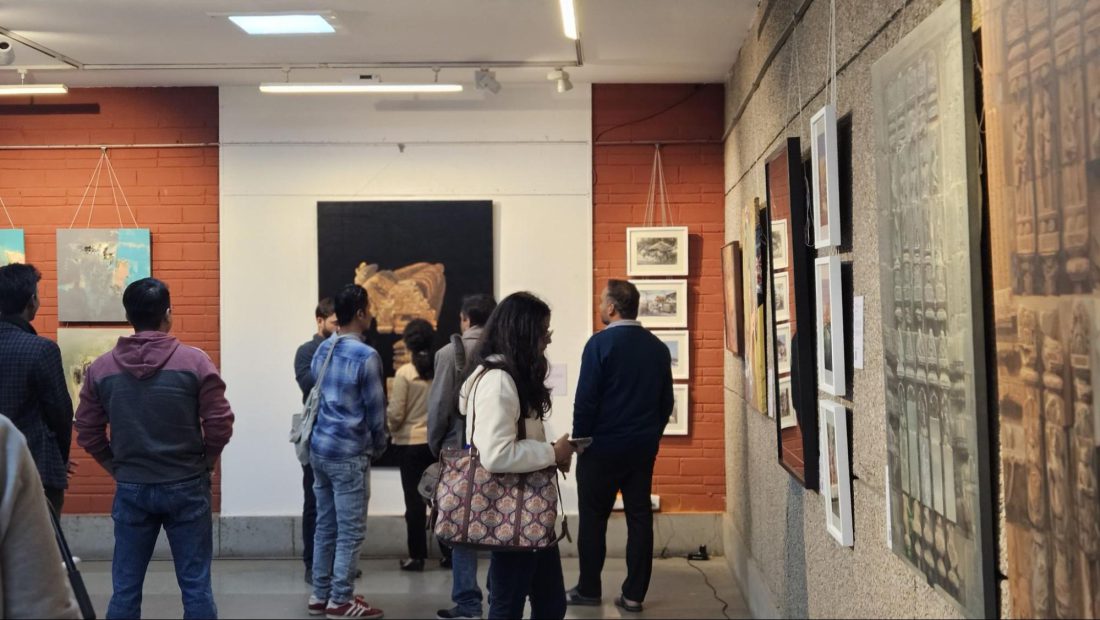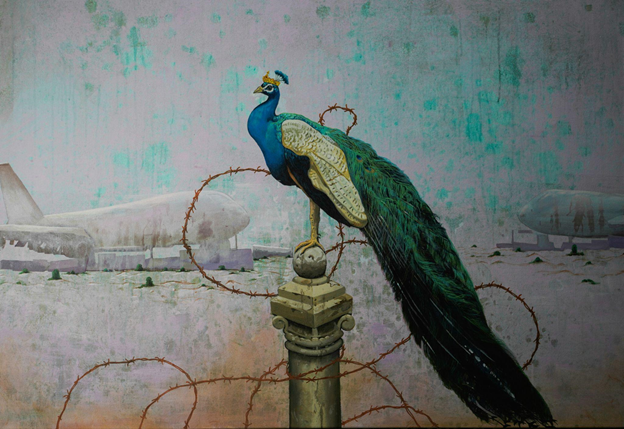The Progressive Artists’ Group (PAG)
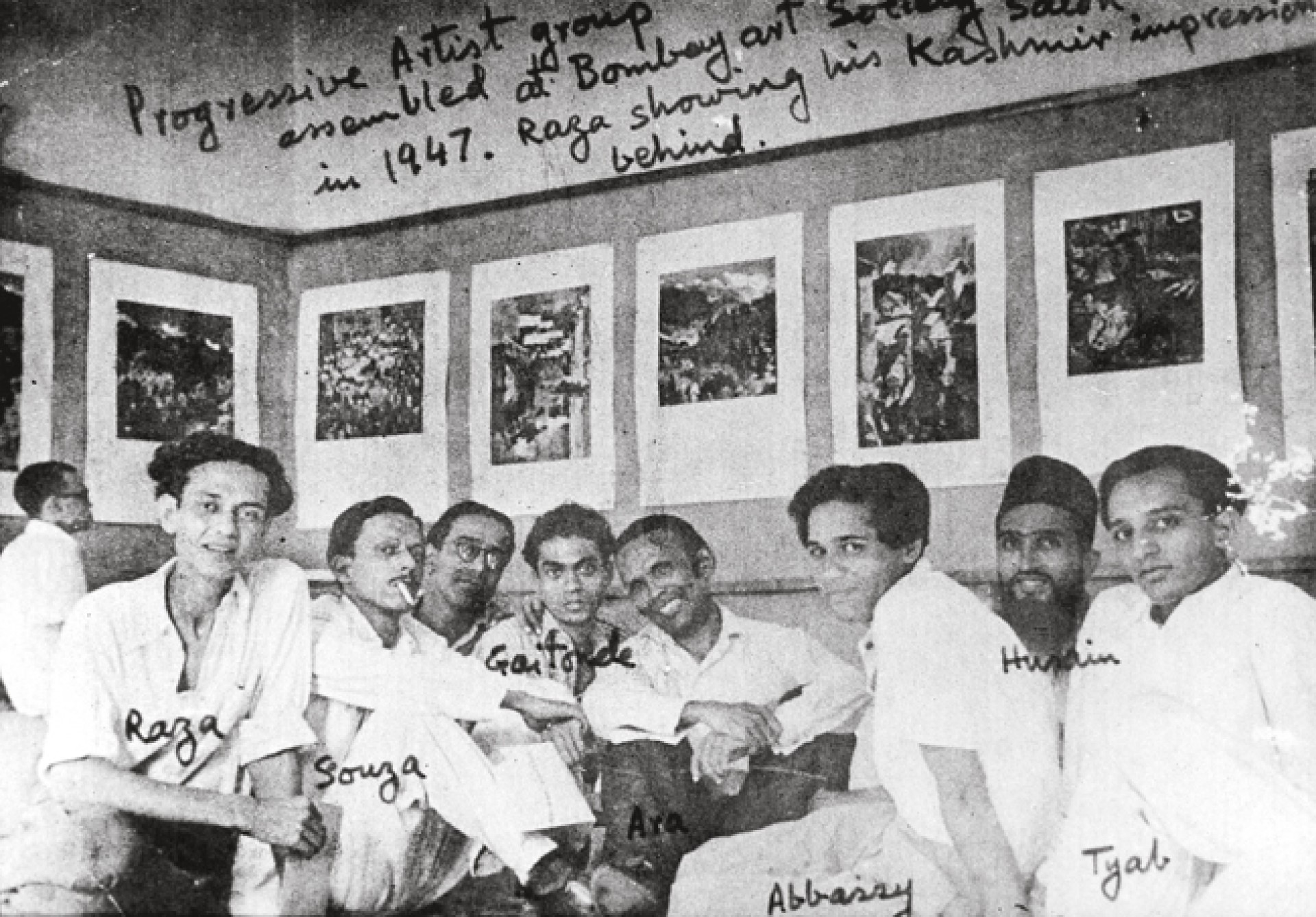
The Progressive Artists’ Group (PAG)
Introduction
The Progressive Artists’ Group (PAG) stands as a seminal movement in the annals of Indian art history. Formed in 1947 in Bombay (now Mumbai), this collective of visionary artists played a pivotal role in reshaping the Indian art scene. Comprising influential figures like F.N. Souza, S.H. Raza, M.F. Husain, K.H. Ara, H.A. Gade, and others, the PAG embarked on a journey that transcended conventional artistic boundaries, ushering in a new era of creativity. This essay will delve into the multifaceted ways in which the Progressive Art Movement changed the artistic landscape of India, spanning from its bold departure from tradition to its enduring influence on subsequent generations of Indian artists.
Breaking Away from Tradition
The formation of the Progressive Artists’ Group was, in many ways, a response to the stagnation and conformity that had come to define Indian art during the British colonial period. Indian art had long been under the influence of British academic styles, and there was a palpable need for a fresh perspective. The PAG members recognized this need and embarked on a mission to liberate Indian art from the shackles of tradition.
Influence of Western Modernism
One of the defining features of the Progressive Art Movement was its embrace of Western modernism. The artists of the PAG were deeply influenced by European masters such as Pablo Picasso, Henri Matisse, and Wassily Kandinsky. They eagerly absorbed the innovative techniques and radical approaches to art that had emerged in the West during the early 20th century.
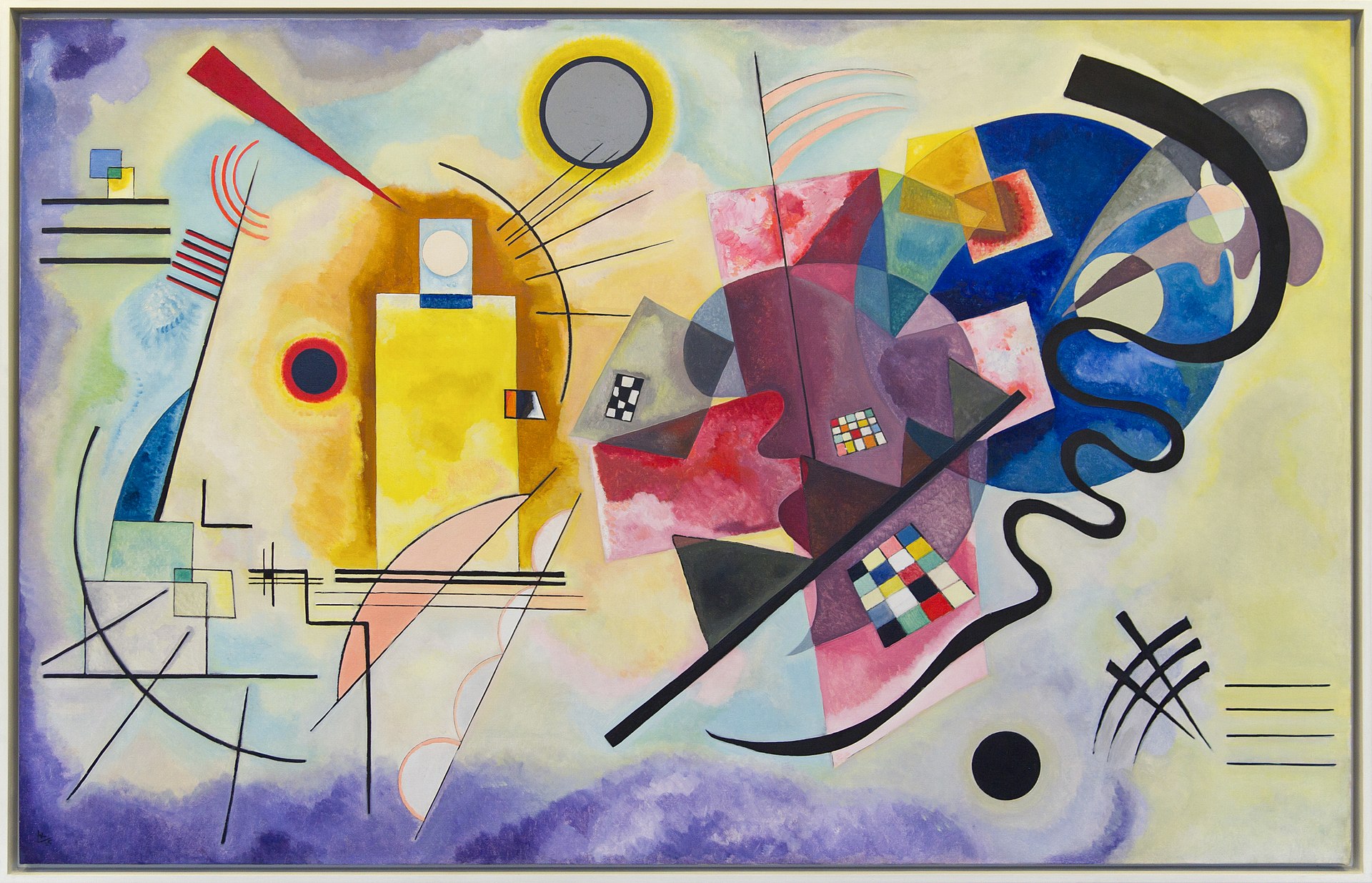
The infusion of Western modernism into Indian art marked a significant departure from the prevailing norms. This infusion was seen as an act of liberation, a breaking away from the established academic styles that had dominated Indian art for generations. The artists of the PAG eagerly experimented with these new influences, incorporating cubism, expressionism, and surrealism into their works. The result was a vibrant fusion of Indian and Western artistic traditions that breathed new life into the Indian art scene.
Encouraging Individualism and Experimentation
One of the hallmarks of the Progressive Art Movement was the encouragement of individualism and experimentation. The PAG did not impose a rigid artistic ideology on its members; instead, it provided a platform for artists to explore their unique creative visions. This ethos led to a remarkable diversity of artistic expressions within the group.
Each artist associated with the PAG developed their distinctive style. F.N. Souza, for example, was known for his bold and confrontational approach to art. His works often featured distorted and grotesque figures that challenged conventional notions of beauty. Souza’s paintings, characterized by their raw energy and provocative themes, were a stark departure from the genteel art of the colonial era.
In contrast, S.H. Raza explored geometric abstraction, drawing inspiration from Indian concepts like the bindu (dot) and tantra. Raza’s art was marked by its intricate use of color and form, evoking a deep sense of spirituality and mysticism.
M.F. Husain, perhaps one of the most iconic members of the PAG, had a versatile style that spanned various themes and mediums. His bold, figurative works often featured vibrant colors and dynamic compositions. Husain’s ability to tackle diverse subjects, from Indian mythology to contemporary urban life, showcased the range of artistic exploration that the PAG encouraged.
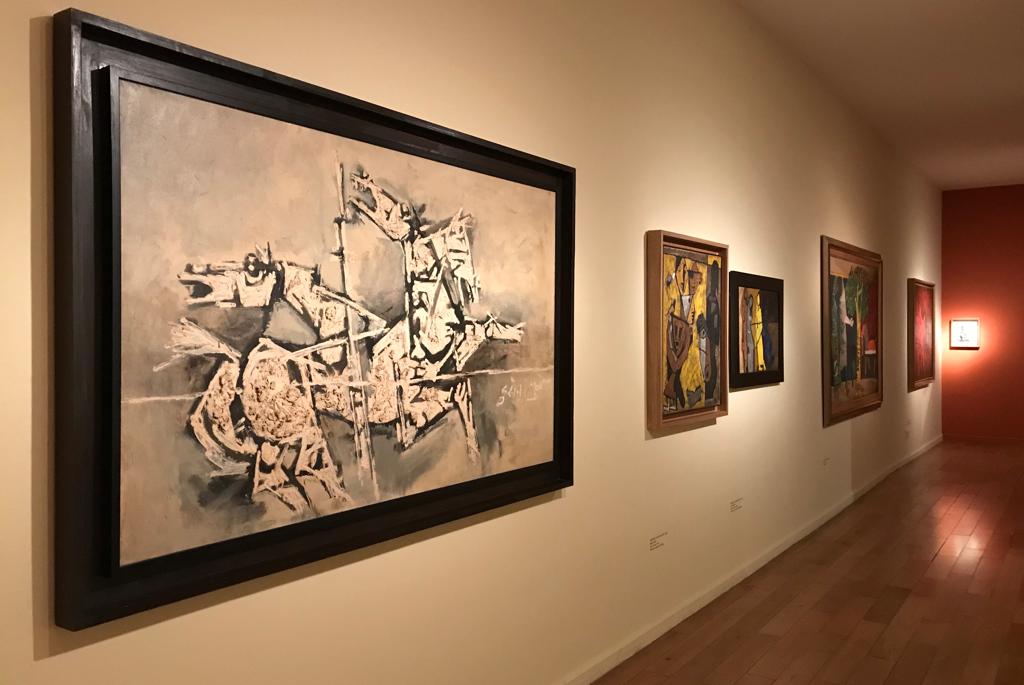
A painting of MF Hussain. Image: Kiran Nadar Museum of Art.
Art as Social and Political Commentary
The artists of the Progressive Artists’ Group were not content with merely pushing the boundaries of artistic expression; they were also deeply engaged with the social and political issues of their time. The years following India’s independence in 1947 were marked by profound changes and challenges, including the partition of the country and the socio-economic disparities that persisted.
The PAG artists used their canvases as a powerful platform for commentary and critique. They addressed issues like independence, partition, and the struggles of everyday life in a rapidly changing society. M.F. Husain, for instance, created a series of paintings that depicted the anguish and suffering of the partition, capturing the human tragedy that unfolded during that tumultuous period.
Souza’s works often delved into the darker aspects of human existence, exploring themes of alienation, desire, and power. His art was a reflection of the post-independence disillusionment and the existential questions that plagued society.
Cultural Synthesis
One of the unique aspects of the Progressive Art Movement was its endeavor to create a synthesis between Indian and Western artistic traditions. While the PAG artists embraced Western modernism, they also drew inspiration from India’s rich cultural heritage.
Incorporating elements from Indian mythology, folklore, and iconography into their works, the artists of the PAG sought to infuse their art with an unmistakably Indian identity. This fusion of East and West gave rise to a distinct visual language that resonated with both local and international audiences.
S.H. Raza’s exploration of the bindu (dot) as a central motif in his art is a striking example of this cultural synthesis. He transformed this simple geometric element into a profound symbol of spiritual and cosmic significance, drawing from his deep connection to Indian philosophy and spirituality.
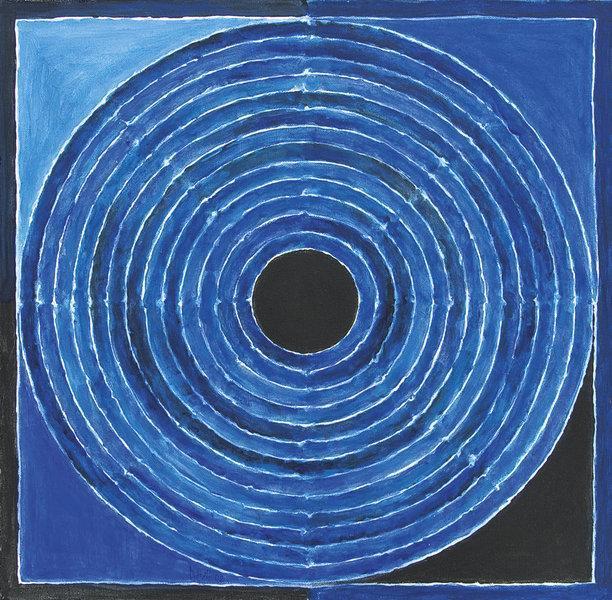
Recognition and Influence on the Global Stage
The Progressive Artists’ Group played a crucial role in gaining recognition for Indian art on the global stage. Their exhibitions, both in India and abroad, garnered widespread acclaim and attention. This international recognition helped establish Indian artists as significant players in the global art world.
The PAG artists participated in exhibitions in Europe and the United States, where their works were showcased alongside those of renowned Western artists. This exposure not only elevated their own profiles but also challenged prevailing stereotypes about Indian art being confined to traditional, folk, or exotic genres.
The global reach of the Progressive Art Movement paved the way for Indian artists to engage with international art trends and engage in cross-cultural dialogues. It fostered a sense of belonging to a broader artistic community, transcending geographical boundaries.
Legacy and Influence on Future Generations
The legacy of the Progressive Art Movement endures to this day, influencing subsequent generations of Indian artists. The impact of the PAG on the Indian art scene can be seen in several dimensions:
Continued Exploration: The spirit of experimentation and individualism championed by the PAG continues to inspire contemporary Indian artists. Many artists today draw from the diverse range of styles and techniques that the PAG introduced, pushing the boundaries of what is possible in Indian art.
Global Recognition: The international success of PAG artists set a precedent for Indian artists seeking global recognition. Contemporary Indian artists now have greater opportunities to exhibit their works on the international stage, thanks in part to the groundwork laid by the PAG.
Diversity of Artistic Practices: The Progressive Artists’ Group showcased the diversity of artistic practices within the modernist framework. This diversity has carried forward into contemporary Indian art, with artists exploring various mediums, techniques, and subject matter.
Social Engagement: The tradition of using art as a means of social and political commentary is alive and well among contemporary Indian artists. They continue to address pressing issues facing society through their work, just as the PAG artists did in their time.
Exploration of Identity: The PAG’s quest for a synthesis of Indian and Western identities in art has resonated with subsequent generations grappling with questions of identity in an increasingly globalized world. Artists continue to explore the complexities of identity and cultural hybridity in their work.
The Progressive Artists’ Group stands as a testament to the transformative power of art. Through their bold departure from tradition, infusion of Western modernism, encouragement of individualism, and engagement with social and political issues, the members of the PAG reshaped the Indian art scene in profound ways. Their legacy endures in the continued exploration of diverse artistic practices, global recognition of Indian art, and the enduring relevance of art as a medium for commentary and critique.
The PAG’s pioneering spirit continues to inspire artists in India and around the world, reminding us of the boundless potential of art to challenge norms, provoke thought, and bridge cultural divides. In the grand narrative of Indian art history, the Progressive Artists’ Group remains a luminous chapter, a beacon of creativity that illuminated the path for generations of artists to come.
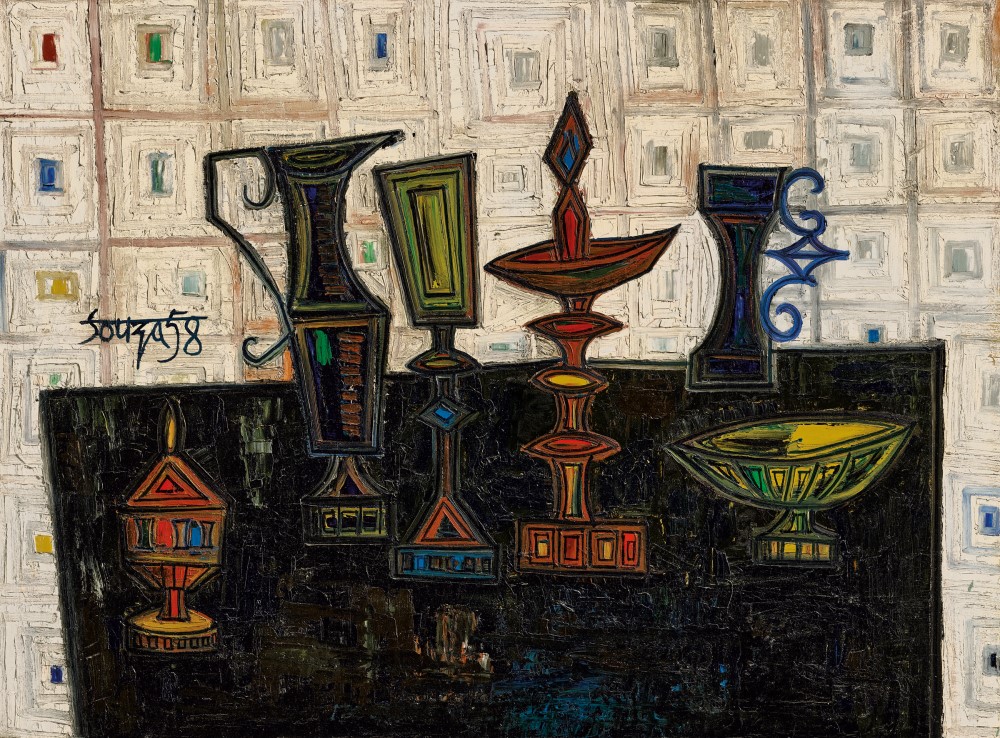
Francis Newton Souza, Still Life, 1958. Image: Christie’s


